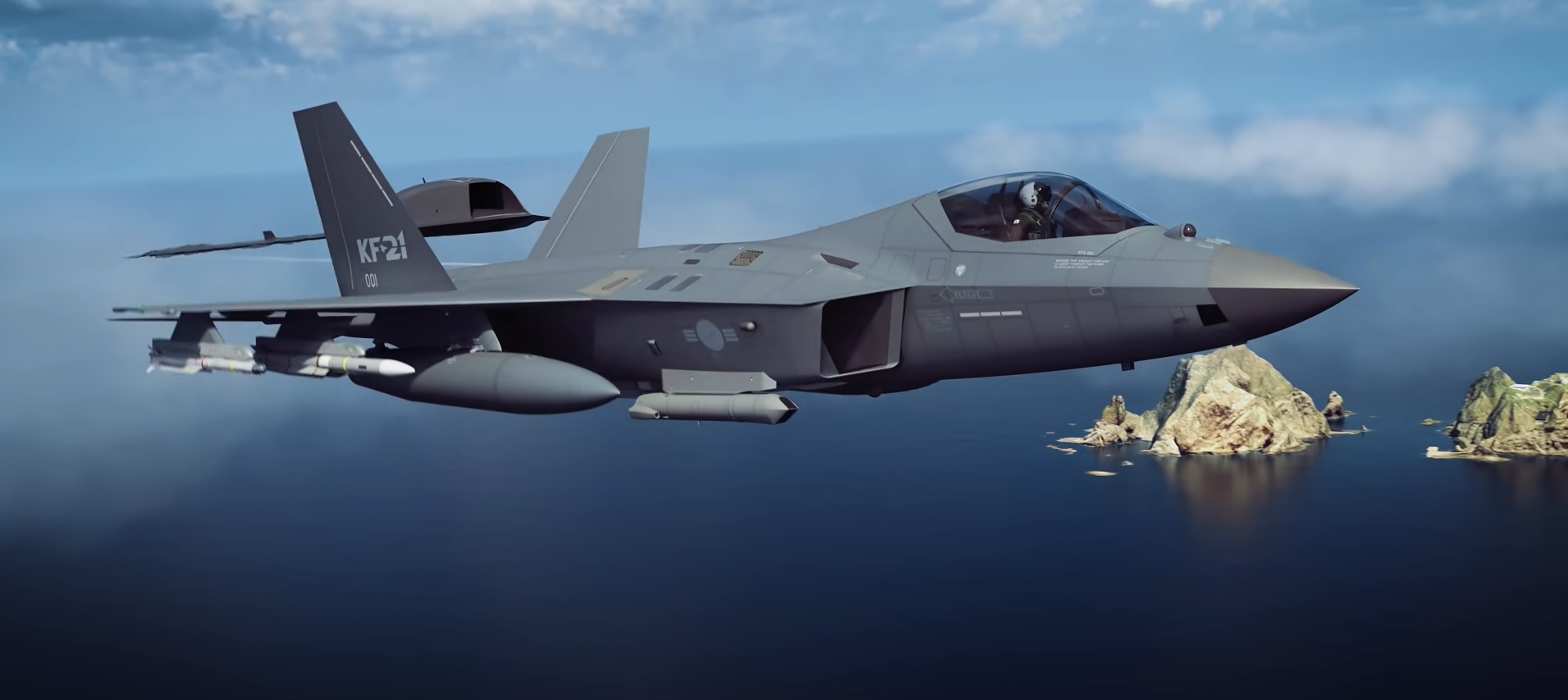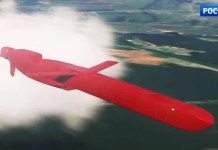South Korea’s “loyal wingman,” anticipated to operate alongside the KF-21 Boramae in a manned-unmanned teaming configuration, is undergoing design modifications and may be scaled down in size.
The ‘loyal wingman’ unmanned combat aerial vehicle (UCAV) manufactured by Korea Aerospace Industries (KAI) is undergoing design modifications to “meet future market requirements,” says a recent report in Janes. The manufacturer stated that a key modification may be scaling down the aircraft.
The UCAV program is being developed to support the KF-21 4.5th generation aircraft, offering a combat platform that is attritable, affordable to acquire, and has low operating costs. The manufacturer KAI has acknowledged that while the UCAV was being developed at a lower cost than the KF-21, the program expenses have increased on the go.
A company representative informed Janes on August 19 that “[this is] because KAI’s engineers are looking for optimal design options [including] the use of a [high-performance] … turbofan engine”. The “iterated or revised design can be downsized without reduced capabilities,” the representative pointed out.
Initially, the UCAV’s size was anticipated to be one-third of the KF-21 by the designers. During the Seoul International Aerospace and Defense Exhibition 2023 (ADEX 23) held in October 2023, Janes was informed that the autonomous fighter could have a length of 14 meters and a width of 10 meters, which is approximately similar to the dimensions of the FA-50 Light Attack Aircraft.
However, the design is under reconsideration once again. In a recent correspondence, the publication was informed that “if a revised design is expected to meet the requirements, a change of aircraft size can occur anytime during the design iteration”. The KAI spokesperson said, “As KAI’s loyal wingman is in the conceptual design phase, indeed, there can be many options to satisfy the expected future market.”

The KF-21, an advanced supersonic fighter, has entered production and is slated to be inducted by 2026. The aircraft has been designed in a way that would allow customers to outfit it with new technologies even after it has been manufactured.
This goal is part of the next-generation air and space combat system, which KAI refers to as a complex and interconnected system of sensors and platforms that includes drones, crewed fighter jets, satellites, and airborne early warning aircraft. The loyal wingman drone program is part of this extensive vision for air combat.
In February 2024, KAI executives reiterated they were planning to incorporate unmanned technology that can operate alongside the KF-21 under the aspirational manned-unmanned teaming (MUMT) program, which envisages teaming crewed fighters like the KF-21 with unmanned combat vehicles, such as unmanned fighters and small UAVs.
South Korea Is Serious About Loyal Wingman
In May 2023, South Korea unveiled a loyal wingman concept and told reporters that the plan was still evolving even though the development was underway. The project was first revealed in a photo of a flying wing/fused wing body-shaped UAV inside a factory. Engineers surrounding the airframe suggested it was the prototype.
Later, in October 2023, KAI representatives said that the company was developing air-launched effects (ALEs) to be linked to the unmanned fighter. KAI’s “Adaptable Aerial Platforms”(AAPs), which are ALEs, will be subservient to the larger unmanned fighter in this upgraded two-tiered manned-unmanned teaming (MUM-T) system.
At that time, a computer-generated image showed the KF-21 linked to a large unmanned fighter, which was connected to smaller drones used for electronic intelligence (ELINT), Electronic Warfare (EW), optical reconnaissance, and anti-radar purposes.
With the KF-21 leading all of the wingmen and drones, the picture was dubbed KAI’s “two-tiered combat MUM-T concept.” The notable unmanned fighter was depicted as being associated with the Boramae. With an internal bay featuring a retractable door, the unmanned aircraft appeared to be able to carry three other smaller drones that were networked with it.
The concept showed the drone on the wingman’s right wing as an “adaptable aerial platform (AAP) for intelligence gathering with electro-optical/infrared (EO/IR) system”. The drone beside that is an “AAP for decoy operations”, while the one beside the wingman’s left wing is an “AAP for jamming adversarial systems”.
In non-low observability mode, the Boramae was observed equipped with a full loadout, which included four long-range air-to-air missiles mounted on concave launchers beneath the fuselage, external fuel tanks, an air-to-ground missile (AGM), and an air-to-air missile (AAM) attached to each wing pylon. Furthermore, the right engine intake is fitted with a targeting pod.
- Contact the author at sakshi.tiwari9555 (at) gmail.com
- Follow EurAsian Times on Google News




